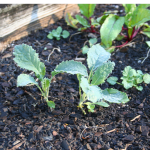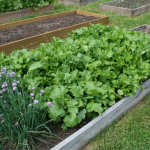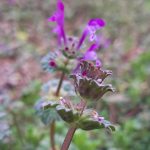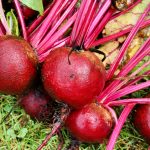Americans concerned about saving bees and our food production systems are being asked to #beecounted and help the National Pollinator Garden Network reach one million bee-friendly gardens by National Pollinator Week, June 18-24, 2018.
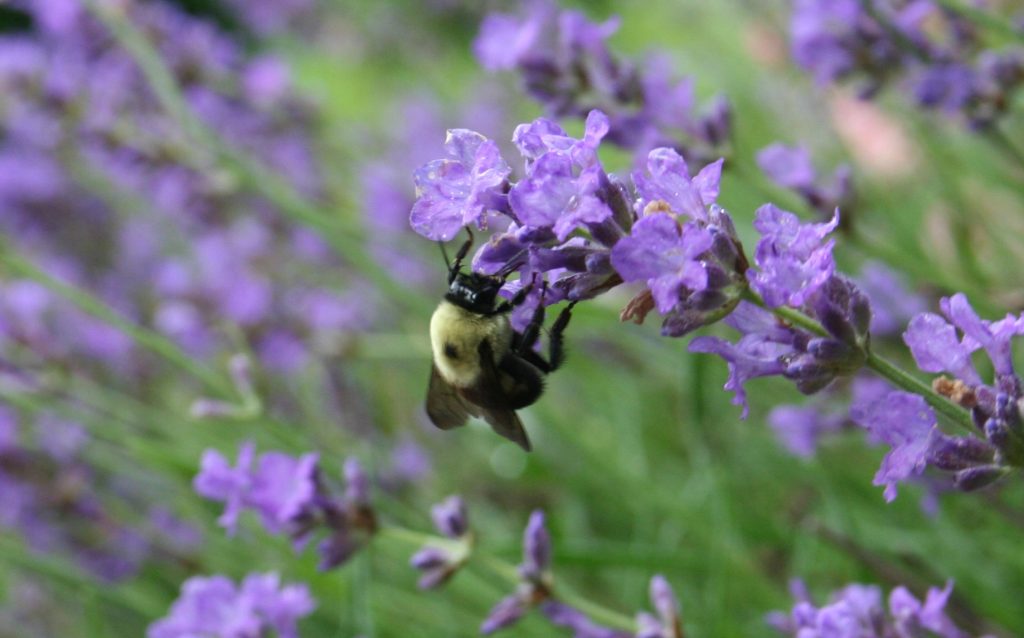
National Pollinator Garden Network
Saving pollinators has become a national obsession. Since 2015, over 700,000 pollinator gardens have been designed, planted and registered across the United States.
“One thing is clear, Americans love pollinators and their efforts are paying off. Research in recent articles, such as the Journal of Applied Ecology, have shown that even small gardens can make a difference for pollinators by increasing diversity of bee species across urban and suburban landscapes.” says Mary Phillips, senior director at the National Wildlife Federation, one of the founders of the network.
By creating, planting and maintaining garden, and registering it on the Million Pollinator Garden Challenge map, Americans can contribute to revitalizing the health of bees, butterflies, birds, bats and other pollinators across the U.S.
“Anyone can plant for pollinators and join this effort to reach one million,” explains Phillips. “Every habitat of every size counts, from window boxes and garden plots to farm borders, golf courses, school gardens and more.
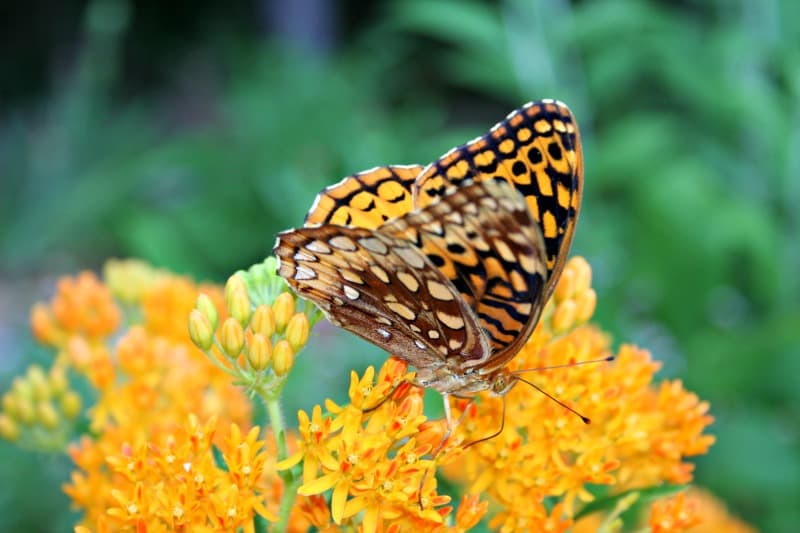
Anticipation is growing across the National Pollinator Garden Network’s 50 conservation, garden trade, voluntary civic and federal partners, as we rally to get the remaining gardens to be registered.”
These bees, butterflies, hummingbirds, bats and other pollinators fertilize one-third of food crops while flying from plant to plant. They “play a critical role in food security,” says Val Dolcini, president of the Pollinator Partnership, one of the network’s founding organizations.
In fact, one out of every three bites we eat is the direct result of a pollinator’s work, contributing $29 billion to America’s food production, according to Cornell University. But pollinator declines in recent decades have been steep and severe due to habitat loss, parasites, pesticides, and other threats. Monarch populations, for example, have plummeted by 90% in the last 20 years.
To help pollinator numbers increase, the National Pollinator Garden Network launched the Million Pollinator Garden Challenge to inspire people and organizations to create more pollinator habitats. The network provides plant lists, hand-outs, lesson plans, training guides and many other resources to help people spread the word, grow beautiful gardens and drive conservation efforts.
“Leaders in the garden trade and horticulture sector have stepped up to meet consumer demand for pollinator friendly plant material and educate its professionals on sustainable methods that support habitat” says Craig Regelbrugge, AmericanHort another co-founding org.
“The 700,000 registered gardens show a pollinator movement is underway,” explains Phillips. “We know there are many out there that simply need to be registered, and many empty plots of land awaiting planting.”
The National Pollinator Garden Network calls on the community of concerned Americans to do their part and create healthy, lasting habitats for wildlife like pollinators.
The Million Pollinator Garden Challenge has been launched by The National Pollinator Garden Network, A partnership between conservation organizations, gardening groups, volunteer civic associations and participating federal agencies to inspire people and organizations to create more pollinator habitats.
Visit the National Pollinator Toolkit for more information.

